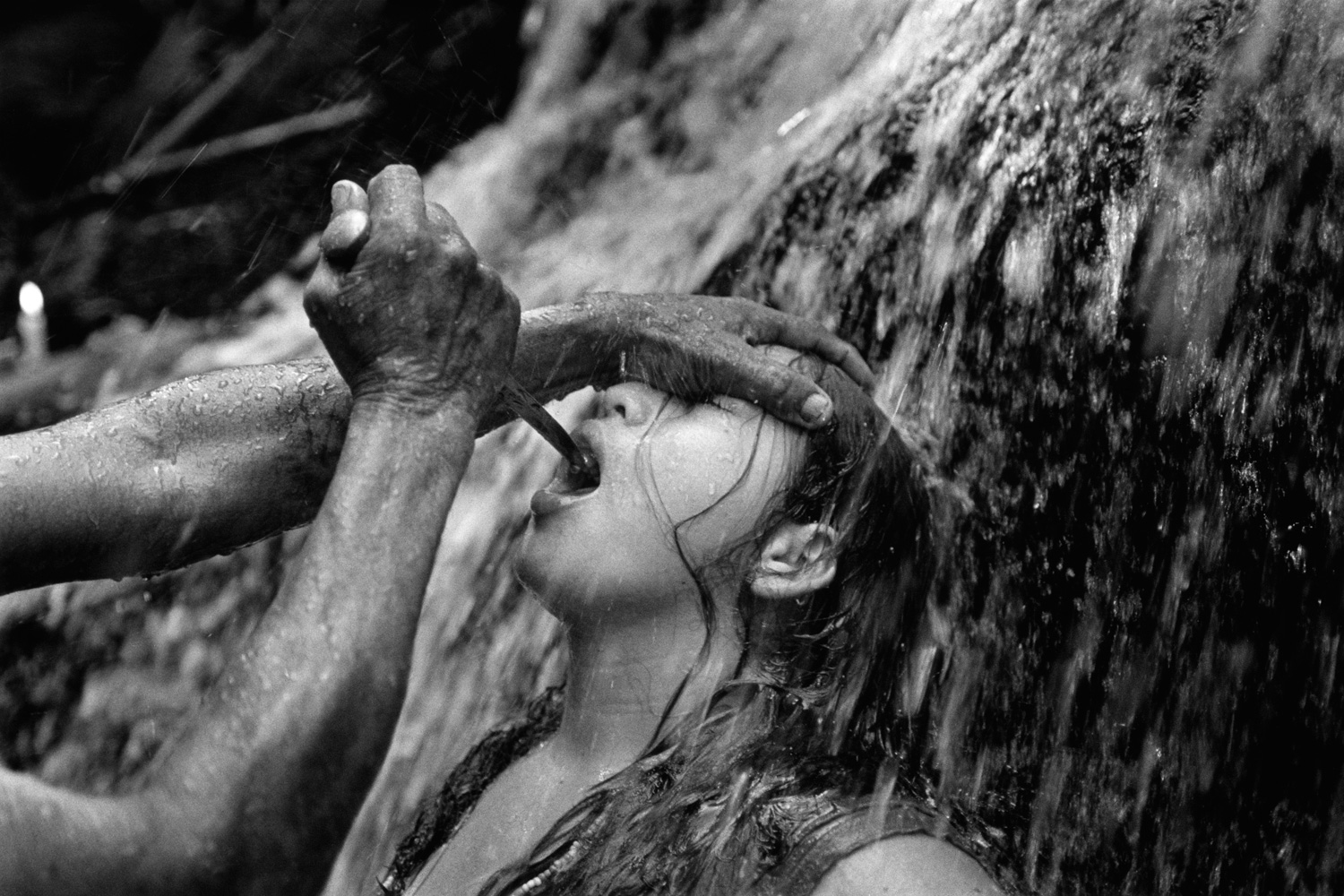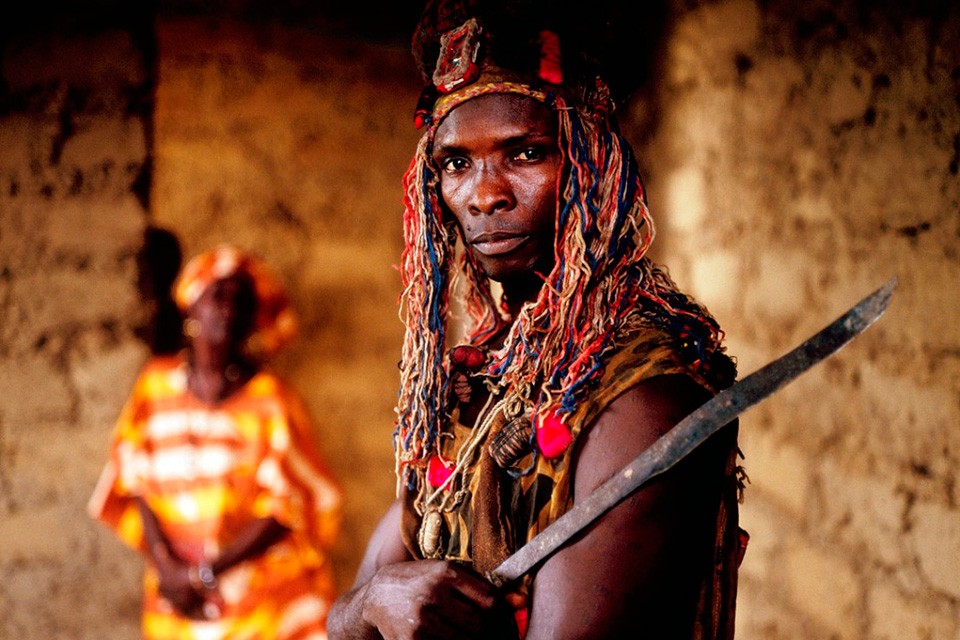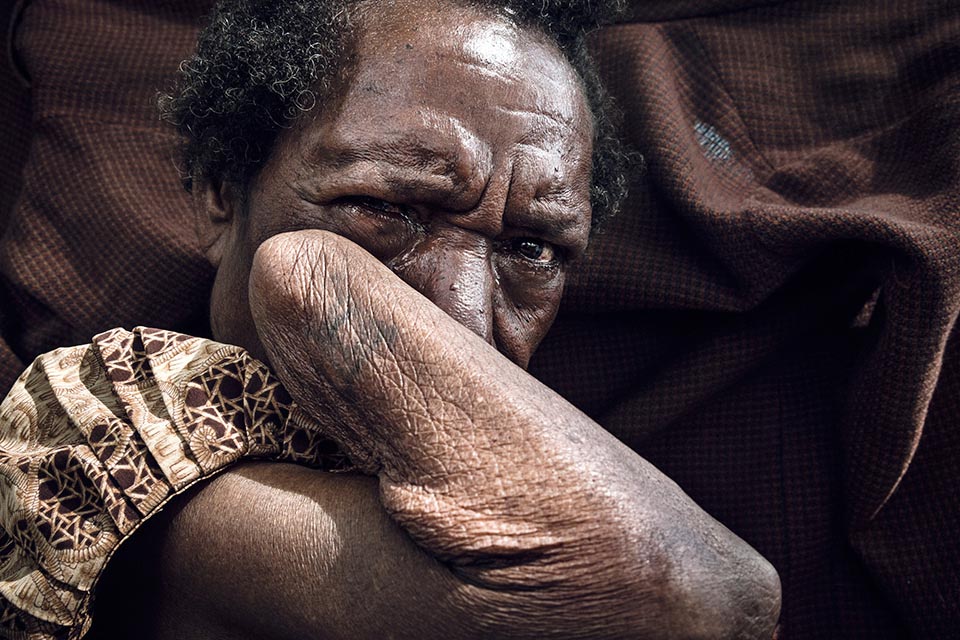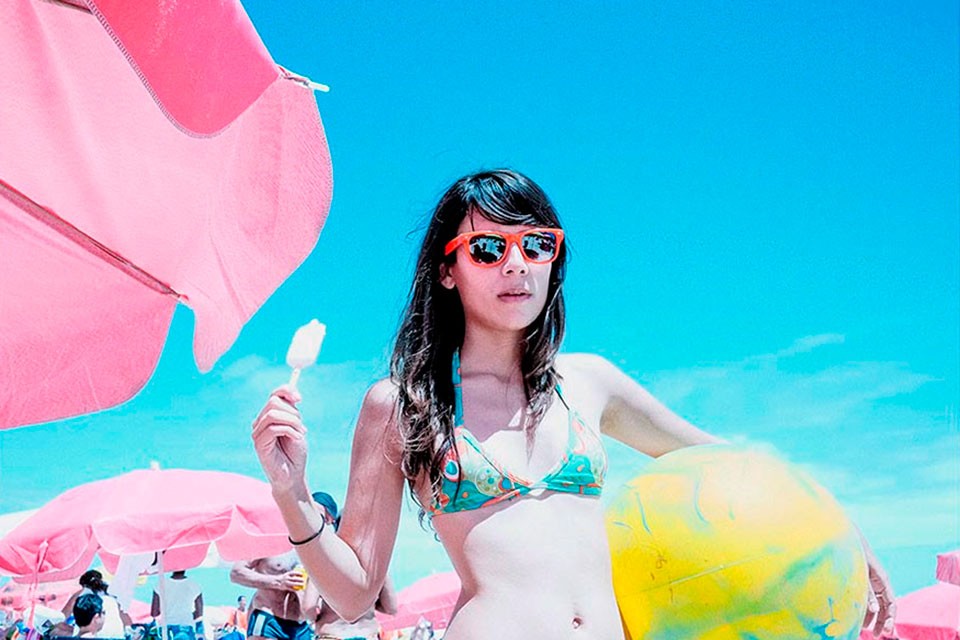
Cristina Garcia Rodero: The Main Enemy of a Photographer Is Not People, But Fear

Has been a member of Magnum Photos agency since 2009. One of Rodero’s most famous projects is España Oculta (Hidden Spain), which has lasted for 15 years. The project tells about little known rituals and holidays of Spain. The photographer received W. Eugene Smith Award in 1989 for this work, and the book about this project published the same year did not go unnoticed during the Rencontres d'Arles photo festival. After Rodero finished her work in Spain, she continued to shoot religious rituals and celebrations in other countries. Her next big project is called Rituals in Haiti (2001), and shows the rites that are a combination of Catholic and African traditions. She published an album in 2008 in Madrid dedicated to the cult of María Lionza, the goddess of nature, love, peace, and harmony in Venezuela.
Hidden Spain was about ancient celebrations and rituals. How did you first start working on this theme?
I attended several village celebrations, and realized this theme was very rich and at the same time little known. The grant I won helped me fully dedicate myself to research, as it paid for my trips. Then, I started collecting information about different festivals and rituals that were still alive in the provinces. To shoot some of the holidays that are not annual, I waited for five or six years. I called my informers, got on their nerves and asked whether there was anything going on this year.
Who were your informers?
Telephone operator girls. They connected me to the people I needed, like the priest who knew some details. Beggars were also a lot of help. Now we have Google and navigators, but at that time I collected whatever scarce information was available and set off for a distant village. It was a trip to the unknown, often I did not imagine, what waited for me there.
It is hard to say now what was more interesting — the pictures I got, or the path that lead to them.
Did you succeed in opening the hidden side of Spain for yourself?
This was all I was doing at the time. For instance, I heard about winter carnivals celebrated one Christmas Eve in one of the provinces. They started at night with processions in masks. Nobody outside this province knew about the masks or the processions. This was a discovery both for me and for the scientists.

What were you looking for in Haiti and Venezuela?
After Hidden Spain I realized that I am interested in studying human behavior during a religious ritual. I wanted to show cults without prejudice. I have heard many times that a voodoo cult, for instance, is awful, ugly, and cruel. This was coming from people who have never seen a voodoo service. This was when I decided to shoot voodoo rituals, later I took interest in the cult of María Lionza. I was mesmerized by how beautiful the ritual was.
Judging from your pictures from the place of worship of María Lionza, there is indeed a lot of cruelty. The believers are all bloodied when they rise from the ground.
Some injure themselves intentionally, to enter the state of deep trance. However, nobody was hurt during the ritual. Not on my watch anyway. Everyone stayed alive and well.
Did you study the history of cults before you started your work?
No. I had a sincere interest in what was going on, and it led me, it helped me work.
I don’t think coming to shoot with a lot of background knowledge would have been better.
It would have probably been worse. People around me described what was about to start going on as I was getting ready to shoot.

The cult theme is difficult, because it’s hard for photographers to arrange to shoot in holy places. There is immediately this issue of offending the feelings of believers. Was this an issue for you, too?
There was one thing I realized: the main enemy of the photographer is not people, but fear. It is fear that stands in the way. To conquer it, you need to communicate. I spent a lot of time with the believers, I lived with them. Sometimes they kissed me, and sometimes they showed me the door. But when you enter their circle, they stop paying attention to you, and then you can shoot. If someone doesn’t want any pictures at all — it is ok, I stop shooting. Priests get used to me with time, too. One thing that happened was that on Sorte Mountain in Venezuela they prohibited me from using a flash, as people were afraid that if the flash hits their eyes, they will remain in a trance till the end of their lives. I had to do without it.
Have you ever participated in any rituals yourself, to show the people that you are one of them, or you keep your distance?
I never participate in religious rituals that I am shooting. I always try to keep my distance there. Otherwise, I would have to participate in spiritualistic seances, shaman dances, magic, Catholic, and Orthodox rituals… The priests have often shared the grace they received during the rituals with me though. They asked me to come near and blessed me. And you can’t really say no to that.
And whenever anyone told me: “If you want, we will purify you now”, I refused under different pretexts.
Do you also keep your distance during the celebrations and crowded festivals?
I sometimes get excited by the carnival spirit. I was recently in Sicily, everyone in the square was dancing, so I couldn’t help but start dancing, too. However, there are kinds of entertainment that I never understood, such as sex shows.
You do shoot sex shows and love parades, too, though?
In a strange way, I feel attracted by both the spirit and the body. These are two opposite sides of our existence: one cannot be without the other in real life, nor in my pictures. They are like life and death that go hand in hand. This is why I continue capturing religious rituals and love parades, funerals and the first minutes after a new baby is born.
All photographs courtesy of press service of The Multimedia Art Museum in Moscow. Photobiennale-2016 International Festival is on until March 17, 2016.
New and best








